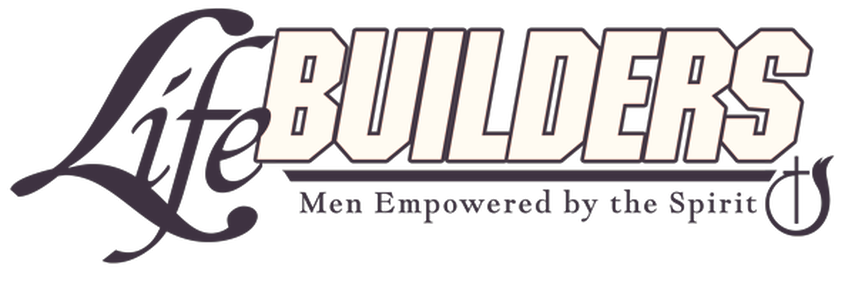copy.jpg) As Church of God women, our heritage is found in the courage of women who ministered, often risking their lives to preach the message of Pentecost. We find our heritage in the strength of women who left their homes and families to carry the gospel to foreign countries. It is found in the diligence of women who worked tirelessly to make the call of God on their lives a reality. We find it in the nameless women forgotten by history whose priceless investment is recorded in the memories of those they touched. And we find it in the hands of women bent over a quilting frame, women visiting prisons, women reading to shut-ins, and women making puppets for a Kids Klub.
As Church of God women, our heritage is found in the courage of women who ministered, often risking their lives to preach the message of Pentecost. We find our heritage in the strength of women who left their homes and families to carry the gospel to foreign countries. It is found in the diligence of women who worked tirelessly to make the call of God on their lives a reality. We find it in the nameless women forgotten by history whose priceless investment is recorded in the memories of those they touched. And we find it in the hands of women bent over a quilting frame, women visiting prisons, women reading to shut-ins, and women making puppets for a Kids Klub.
We come from a long line of strong, dedicated, creative pioneers with immeasurable influence on the growth of our denomination from its original eight members to its present international scope of over eight million. Since its inception, women have been instrumental in all areas of ministry including education, youth and children’s ministries, evangelism, missions, church planting and pastoring. Many of them are the unsung heroes of the Pentecostal movement. As their descendants, we have much to learn from their selfless dedication. Our heritage is their legacy to us.
Women continue to minister, teach, evangelize, and bring valuable insight to the Church of God today. New doors are opening, and women are being presented fresh opportunities to serve in vital roles on the frontlines of ministry. The ongoing impact of these women is a testimony of the influence of our mothers and grandmothers of the faith. What a privilege we have to serve and invest in the lives of others! May those who come behind us find that we were faithful in all areas of our lives and ministry.
Join a Ministry
To take part in one or more of our small group ministries, please fill out the form below.


 The Sunday school represents the primary disciple-making agency in the local church. Its potential contribution to the lives of the people cannot be overestimated. The purpose of Sunday school is to help individuals grow in the knowledge and grace of God through the regular and balanced study of the Scriptures.
The Sunday school represents the primary disciple-making agency in the local church. Its potential contribution to the lives of the people cannot be overestimated. The purpose of Sunday school is to help individuals grow in the knowledge and grace of God through the regular and balanced study of the Scriptures.
copy.jpg) As Church of God women, our heritage is found in the courage of women who ministered, often risking their lives to preach the message of Pentecost. We find our heritage in the strength of women who left their homes and families to carry the gospel to foreign countries. It is found in the diligence of women who worked tirelessly to make the call of God on their lives a reality. We find it in the nameless women forgotten by history whose priceless investment is recorded in the memories of those they touched. And we find it in the hands of women bent over a quilting frame, women visiting prisons, women reading to shut-ins, and women making puppets for a Kids Klub.
As Church of God women, our heritage is found in the courage of women who ministered, often risking their lives to preach the message of Pentecost. We find our heritage in the strength of women who left their homes and families to carry the gospel to foreign countries. It is found in the diligence of women who worked tirelessly to make the call of God on their lives a reality. We find it in the nameless women forgotten by history whose priceless investment is recorded in the memories of those they touched. And we find it in the hands of women bent over a quilting frame, women visiting prisons, women reading to shut-ins, and women making puppets for a Kids Klub. 